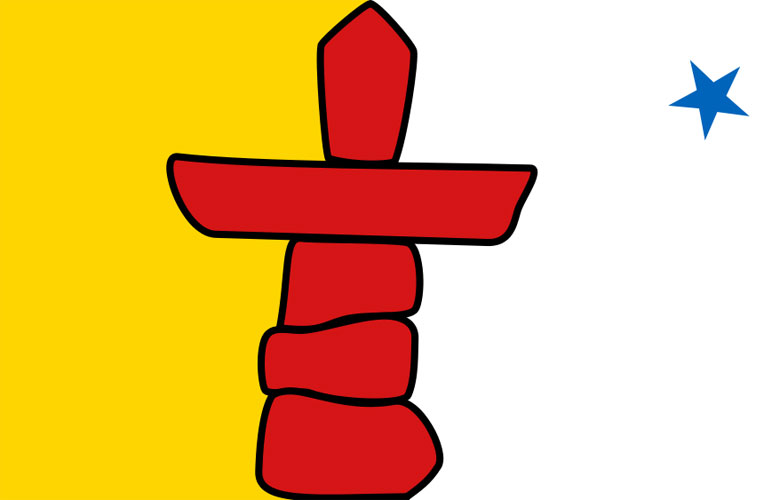Ottawa isn’t ready to back Nunavut’s road to the Arctic Ocean

Canada’s federal government is not yet ready to support one of the Government of Nunavut’s biggest infrastructure dreams: the 325-kilometer (roughly 200-mile) Grays Bay road-port project in the western part of the territory.
“As far as the Grays Bay project is concerned, it is not at a stage where it can move forward,” Amarjeet Sohi, the minister of infrastructure and communities said in the House of Commons Sept. 21.
Sohi made the statement in response to a single question on infrastructure spending that Nunavut’s beleaguered independent MP, Hunter Tootoo, managed to get onto the public record that afternoon: “Specifically, what is the status of funding for the Grays Bay road and port project?”
The Grays Bay road and port project, sometimes called the Izok Lake corridor project, would link the Arctic Ocean to an area close to the Nunavut-Northwest Territories boundary.
MMG Ltd., the company that owns the Izok Lake and High Lake lead, zinc and copper projects, originally proposed building a road, port and telecommunication system to Coronation Gulf, but abandoned that plan due to its high costs.
But now, the GN has teamed up with the Nunavut Resources Corp., owned by the Kitikmeot Inuit Association, to build the project, possibly as a private-public partnership.
In the Canada Transportation Act Review Report that federal Transport Minister Marc Garneau tabled earlier this year, the Grays Bay road and port is portrayed as the first step in the creation of a transportation corridor between the Arctic Ocean and Yellowknife.
“Finally, development of the Coronation Yellowknife Corridor is recommended, as it would tie together a number of mining projects and provide a deep-water port in the central Arctic,” said the Transport Canada report, which recommended the project be funded immediately.
That would mean—for the first time in Canada’s history—a continuous road connection from southern Canada to a deep water port on the Arctic Ocean.
For that reason, the project also has the support of the Government of the Northwest Territories.
For now, Nunavut Premier Peter Taptuna sees it as a way to move mineral resources to market from the Kitikmeot region.
“It allows us to efficiently move resources from Nunavut to processing or markets elsewhere in the country and across the globe. Nunavut has the potential for exceptional growth and contribution to Canada,” Taptuna said this past January in a speech given at the Northern Lights trade show in Ottawa.
“As premier, my vision is to develop Nunavut and make it a better place to invest. It has some of the richest potential in terms of high-grade metals,” he said.
Earlier this year, Sen. Dennis Patterson of Nunavut said the GN-KIA partnership needs $34 million to pay for engineering work and permitting activities for the Grays Bay project.
But Sohi’s answer to Tootoo’s question suggests there’s no federal money coming any time soon.
“I am proud to say that over the summer months we concluded our bilateral agreements for infrastructure investments with all provinces and territories, including Nunavut. We have announced more than $92 million in federal funding for projects in Nunavut in the last few months,” Sohi said.
That means the GN and the KIA may have to wait for the Trudeau government’s highly-anticipated 2017-18 budget next spring, when the Liberals are expected to make good on the lofty infrastructure spending promises they made in the 2015 election campaign.
That, in turn, could trigger another round of negotiations on Canada-Nunavut infrastructure funding agreements.
This story was first published at Nunatsiaq News and is republished here by permission.